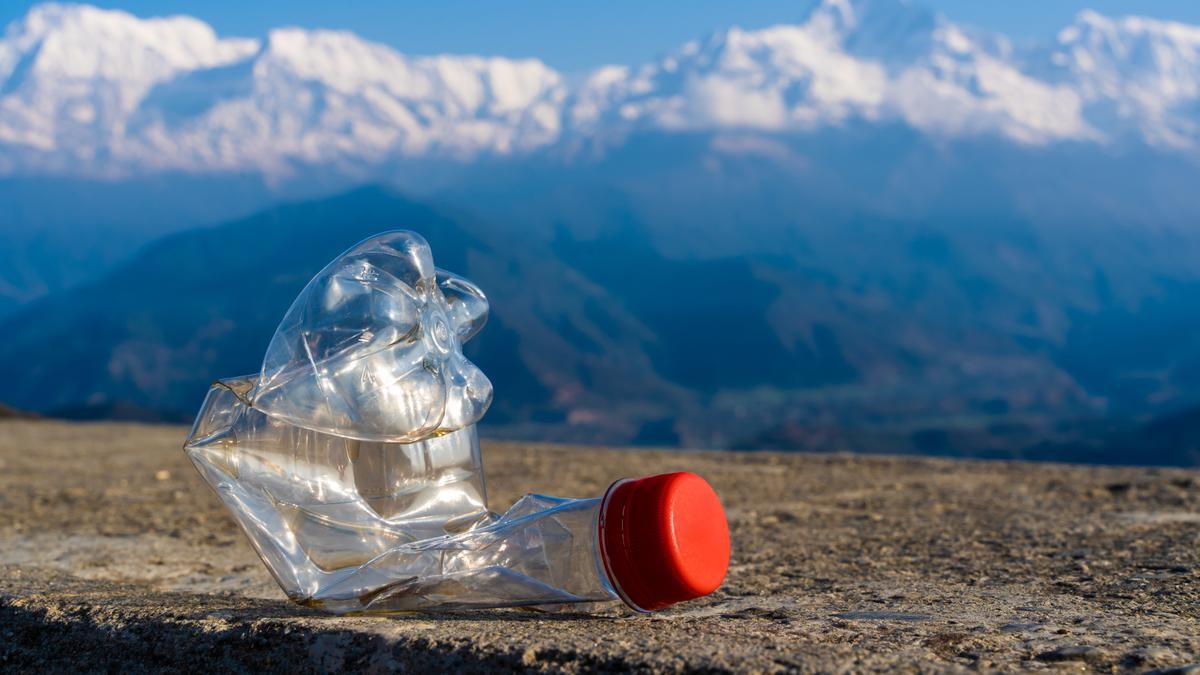Single-Use Plastic Dominates Himalayan Waste Cleanup Drive
Single-Use Plastic Dominates Himalayan Waste Cleanup Drive
Why in the News ?
The Zero Waste Himalaya Alliance revealed that 84% of plastic waste in the Himalayan region comprises single-use food and beverage packaging, with 71% non-recyclable. The findings emerged from the 2024 Himalayan Cleanup drive, exposing critical waste management gaps in mountain ecosystems.
Himalayan Cleanup 2024: Scope and Findings
- The Zero Waste Himalaya Alliance and Integrated Mountain Initiative spearheaded the Himalayan Cleanup (THC) since 2018.
- In 2024, 15,000+ volunteers from 350 organisations participated across 450 locations.
- A total of 1,21,739 pieces of trash were collected, with 1,06,857 plastic items.
- The waste was classified into six categories: food packaging, household items, personal care, smoking materials, packing materials, and others.
Plastic Composition and State-wise Impact
- 2% of plastic waste was from single-use food and beverage packaging.
- 71% of plastic was non-recyclable, including multilayered plastics and Tetrapak.
- Sikkim generated the highest litter (53,814 items), followed by Darjeeling (36,180), Ladakh, Nagaland, and Uttarakhand.
- Waste pickers avoid such plastics due to no resale value, leading to choked waterways and mountain litter.
Challenges & Policy Recommendations
- The crisis is more of a production and systemic issue than a post-consumer problem.
- Volunteers found maximum litter in tourist areas and water bodies.
- The Alliance urged a shift from the recycling-centric approach to more sustainable packaging practices and corporate accountability.
- The meet in Bir, Himachal Pradesh highlighted the failure of current waste policies to address mountain-specific challenges.
Indian Himalayan Region and Waste Management – Key Points●Geographic Spread: Covers 13 States/UTs including Jammu & Kashmir, Ladakh, Uttarakhand, Himachal Pradesh, and northeastern states, stretching 2500 km. |




